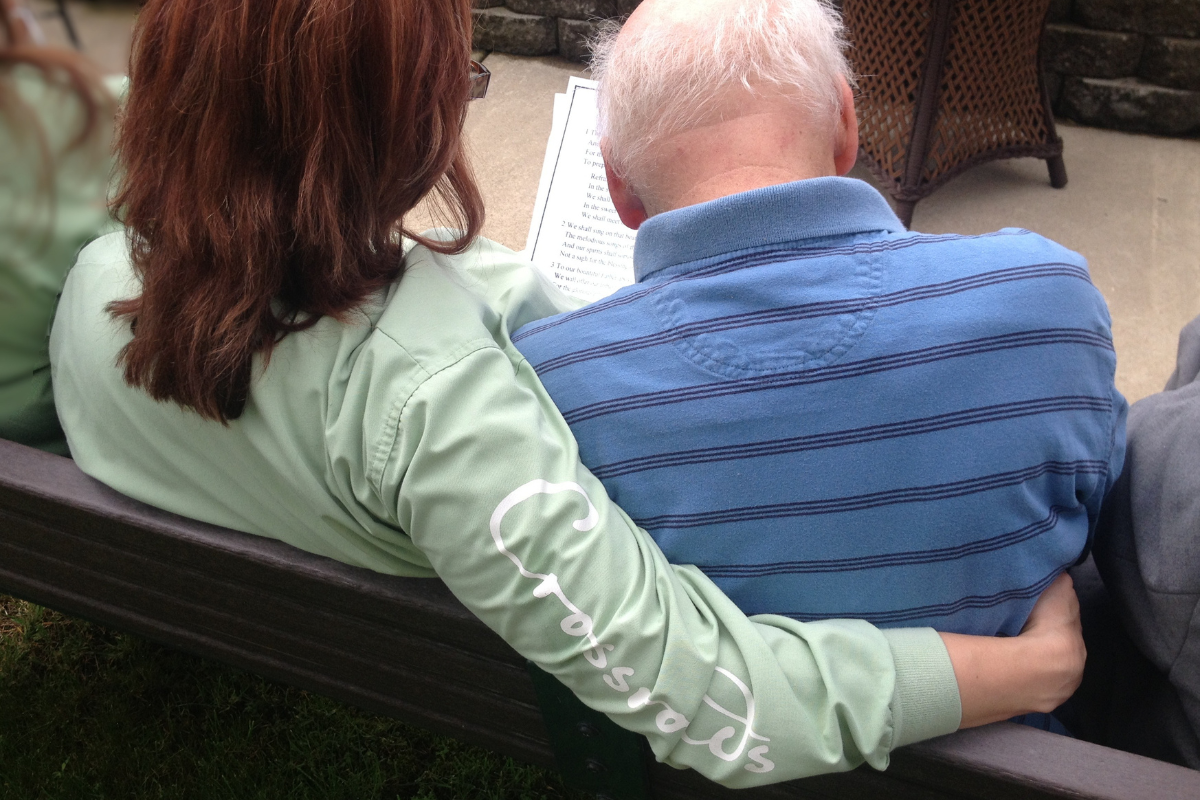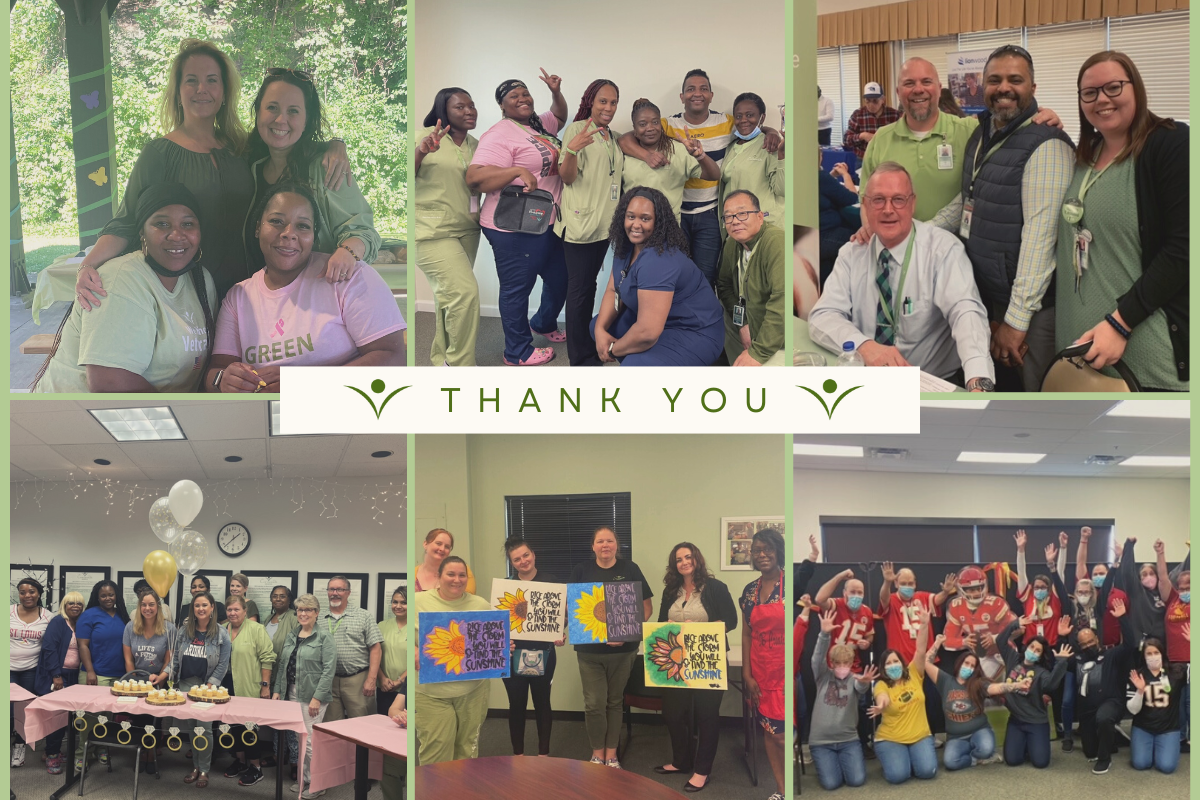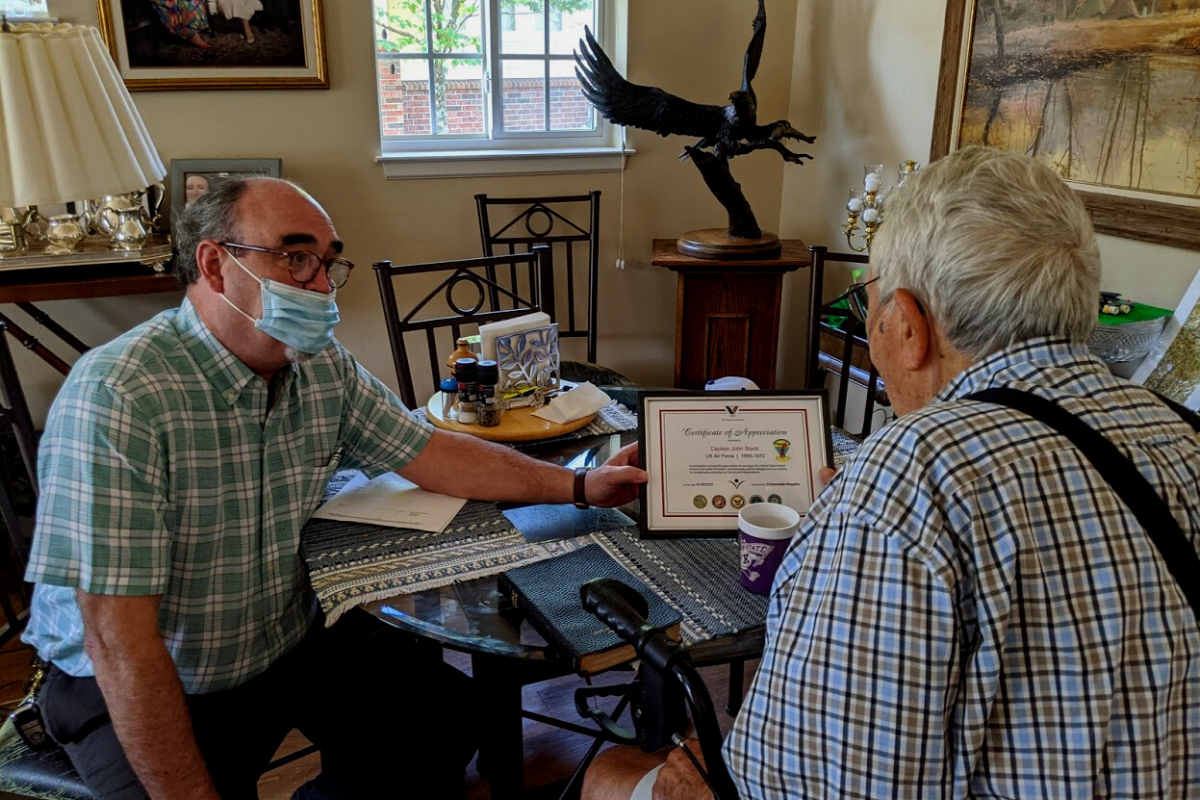At-A-Glance: May is Stroke Awareness Month
 Stroke is the fourth leading cause of death in America, claiming over 137,000 lives each year. A major cause of long-term adult disability, these “brain attacks” occur due to blood clots or broken blood vessels that interrupt the vital flow of blood and oxygen to the brain. When brain damage occurs, abilities such as speech, movement or memory may be impaired. Some people recover completely, but more than 2/3 of survivors face some type of disability. Currently, there are seven million stroke survivors over the age of 20 in the United States.
Stroke is the fourth leading cause of death in America, claiming over 137,000 lives each year. A major cause of long-term adult disability, these “brain attacks” occur due to blood clots or broken blood vessels that interrupt the vital flow of blood and oxygen to the brain. When brain damage occurs, abilities such as speech, movement or memory may be impaired. Some people recover completely, but more than 2/3 of survivors face some type of disability. Currently, there are seven million stroke survivors over the age of 20 in the United States.
What are the Symptoms? Act F-A-S-T and call 9-1-1
General symptoms of a stroke may include:
- Sudden numbness, weakness or tingling in your face, arm or leg – especially on only one side of your body.
- Sudden vision changes.
- Sudden trouble speaking, confusion or trouble understanding simple statements.
- Sudden problems with walking or balance.
- Sudden severe headache with no known cause.
Learn these early warning signs for a stroke to act FAST when they occur. Taking these steps can save your life or the life of someone close to you.
- F = FACE Ask the person to smile. Does one side of the face droop?
- A = ARMS Ask the person to raise both arms. Does one arm drift downward?
- S = SPEECH Ask the person to repeat a simple sentence. Does the speech sound slurred or strange?
- T = TIME If you observe any of these signs, call 9-1-1 immediately.
One common disability that results from stroke is paralysis on one side of the body known as hemiplegia, or weakness on one side called hemiparesis. Numbness or pain in the hands and feet following are also characteristic in people who’ve experienced a stroke. In addition to physical disabilities, strokes may cause problems with comprehension, memory and judgment, or emotional challenges like depression.
What Are the Risk Factors for Stroke?
Strokes can happen to anyone, regardless of gender, age or race. Some risk factors are beyond your control such as being over 55, being female, African-American, having diabetes or a family history of stroke. But eighty percent of strokes are preventable by maintaining a healthy lifestyle and understanding your personal risk. It is important keep track of your blood pressure and cholesterol levels, exercise regularly, and limit alcohol consumption. Smoking doubles the risk of stroke, so not smoking will immediately begin to decrease your risk for stroke.
Where Can I Learn More about Stroke Symptoms, Prevention and Treatment?
More than 795,000 strokes will occur just this year – one every 40 seconds. To find out more about the risk factors, symptoms, and living well after a stroke, there are many resources available:




